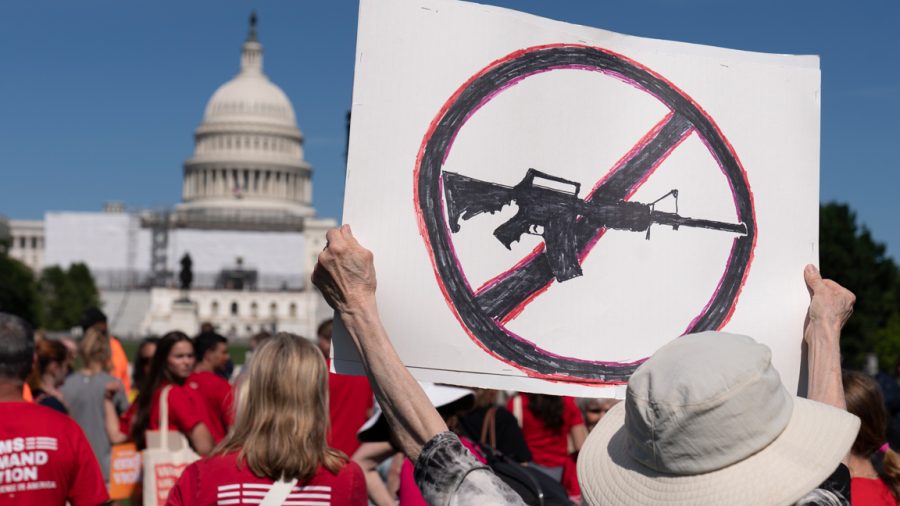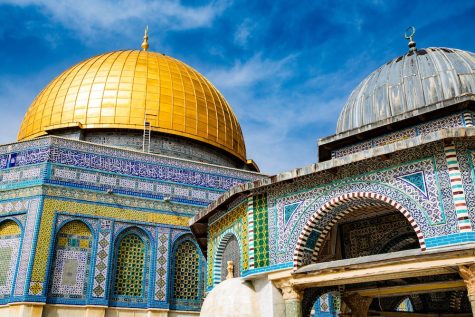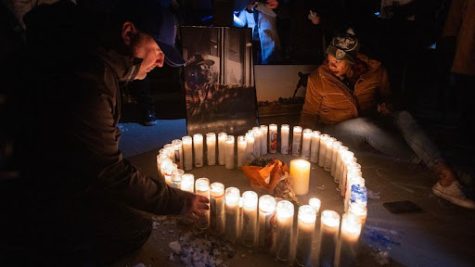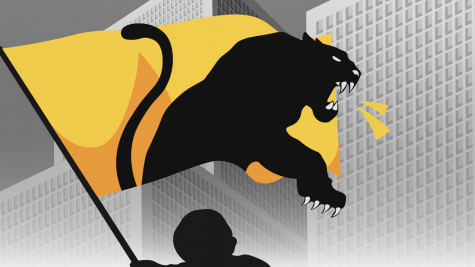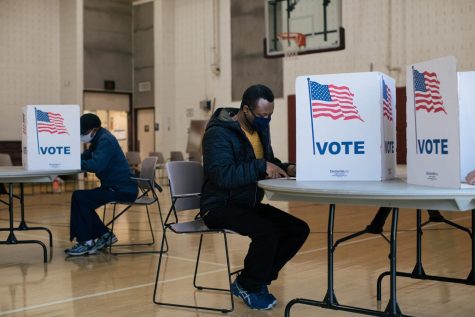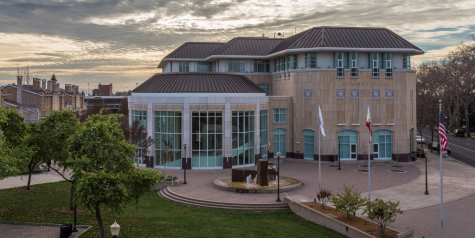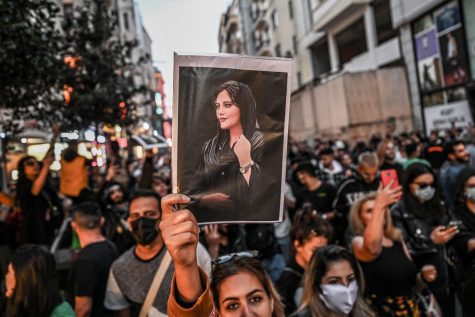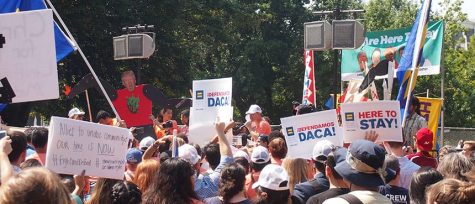607 Mass Shootings, 365 Days: What are We Doing to Fix This?
December 2, 2022
There were 690 mass shootings in 2021, accounting for the highest count since 2014.
With 2022 holding a record of 607 mass shootings, the metrics continue to rise, along with the curiosity of when the U.S. will change.
Anderson Aldrich opened fire on an LGBT club in Colorado Springs on Nov. 22, killing five and wounding 17 innocent civilians. Aldrich has been charged with five accounts of first-degree murder and five counts of bias-motivated crimes. His criminal record dates back to 2021, when he was arrested in connection to a bomb threat.
Aldrich would not be the only to use violence against a minority group. Earlier this year, on May 14, Payton Gendron opened fire in a supermarket in Buffalo, New York. that killed 10 and wounded three. The perpetrator admitted to being racially driven during his November hearing, pleading guilty to multiple murder charges and the possession of firearms. The firearm used during the shooting was legally purchased, despite police awareness of Gendron’s history of violent behavior and threatening posturing online.
In both instances, Aldrich and Gendron were able to skirt their states’ “red-flag” laws, which grant state courts the authority to temporarily seize firearms from a person deemed dangerous to themselves or others.
On Nov. 23, just one day after the Colorado Springs shooting, six people were shot and killed by 31-year-old Andre Bing in a Walmart in Chesapeake, Virginia. After opening fire, Bing turned the gun on himself.
The targeting and disruption of public spaces by shooters has become a common trend in recent memory, instilling widespread agoraphobia — a fear of entering open or crowded places — and fear of mass shootings in one-third of US adults.
This begs the question: Why are there so many shootings in the U.S.? The publicity that mass shootings yield, acts as one reason behind the phenomenon: “Mass shootings are socially contagious, and when a really big one happens and gets a lot of media attention, we tend to see others follow,” explained Jillian Peterson, associate professor of criminology at Hamline University.
Mass shooters tend to follow similar trajectories in life that inspire them towards violence. “There’s a really consistent pathway. Early childhood trauma seems to be the foundation… then you see a build toward loneliness… oftentimes rejection from peers,” stated James Densely, professor of criminal justice at Metro State University.
The rise in hate crimes can be attributed to ease of access to firearms, allowing for mass shootings to occur without comprehensive background checks. With this accessibility, entitlement and opinionated beliefs do not stop at government issued laws. Minimum age requirements to buy and own a gun vary between 16-18 years of age in some states, whereas in others, there are no age restrictions. An immediate restriction or stricter gun laws — while it does not erase all danger in relation to gun ownership — could reduce the amount of shootings, potentially ease the fear of danger when going out, and help reduce statistics for PTSD as a result of mass shootings.
Since the Robb Elementary School shooting killed 22 and injured 18 on May 24, the issue of gun laws has once again taken center stage in the minds of politicians and the public alike. The Bipartisan Safer Communities Act was the result of a collective reconsideration of gun ownership and use, passing in June 2022, as a $750 million dollar fund for states to create laws, protect victims of domestic violence, fund family and mental health services, and more. With more attention given to the growing issue, America is stepping in the right direction.




